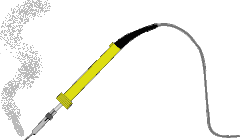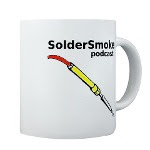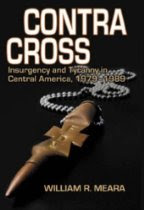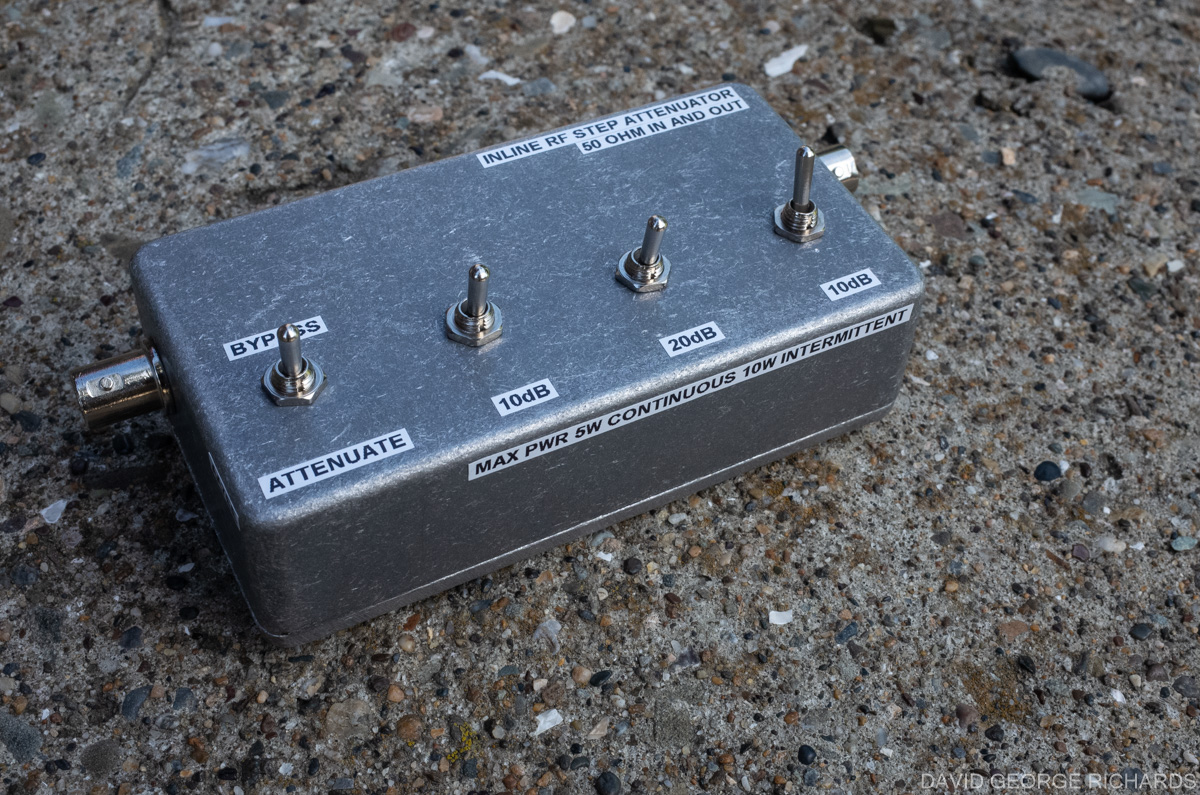Fred's idea really resonated with me. My first SSB rig was an HW-32A, the 20 meter version of the rig shown above. If -- as I suspect -- these rigs are anything like the HW-101, they are not aging well. Heath's drive for economy resulted in rigs that don't hold up to well over time. I remember the sound of the plastic HW-101 dial clutch cracking when I pushed the button.
BITX40 Modules to the rescue! Put a mono-band board inside an old mono-band rig. There are a lot of possibility here. Some ideas:
-- Put that Heath VFO to use. Maybe convert it to solid state. Or just put the LCD from an Si5351 in the window (Pete did this with an HW-101).
-- Get the S-Meter wiggling.
-- Keep the final amplifier circuitry in there and let the BITX drive it. This will give you a QRO option. (Uh oh, we're in trouble again!)
Hello Fellows,
Attached is a picture of my BITX-40 V3 adapted to a Heath kit Single Bander HW22. This is a work in progress but what a neat way to bring an old boat anchor into the present.
The only parts of the HW 22 used were the front panel and case and knobs. Modifications yet to be incorporated include: AGC , a USB port on the front panel to access the Arduino, and a PTT/CW mode switch.
I enjoy your pod cast and web site…Best of 73 KC5RT.





































